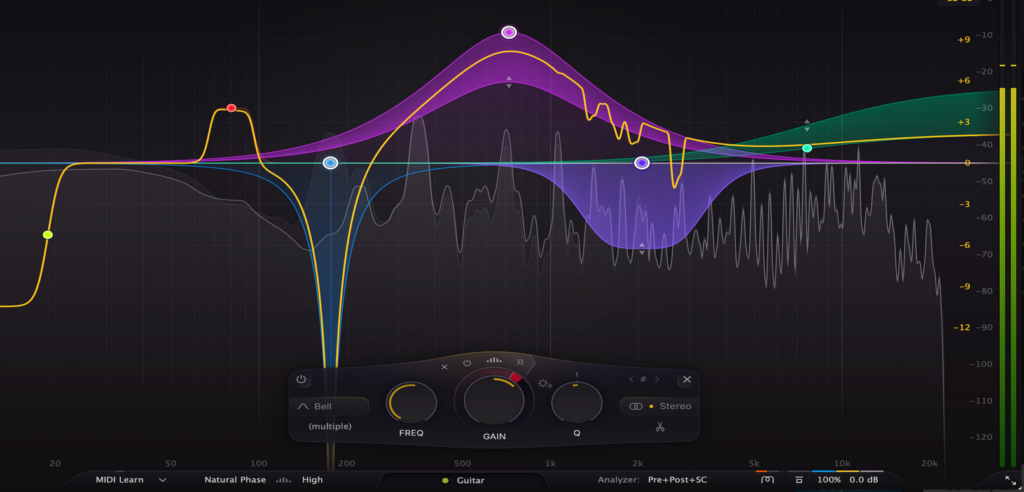- The intro opens with four distinct registers, played by just two hands. The left hand alternates between a simple chord in the bass — the kind an orchestrator might assign to trombones — and more clustered harmonies in the middle, like a tight saxophone section. The right hand holds a sustained texture built on Bb and Eb. After four bars, the right-hand pinky introduces a melodic line that floats above the rest.
under the hood...
of the composition
Five Takes
Five Takes is (of course) a play of words on Dave Brubeck’s Take Five. I fortunately did not have to play it five times to capture the song. It did however take multiple months for me to finish it. Read more about what’s behind my composition Five Takes.
